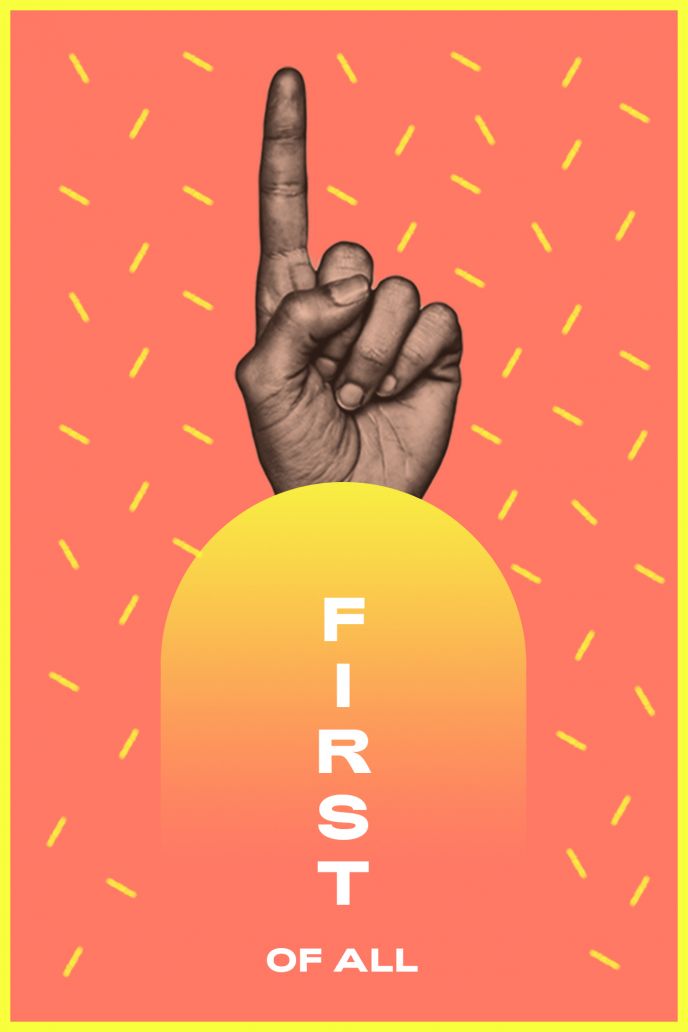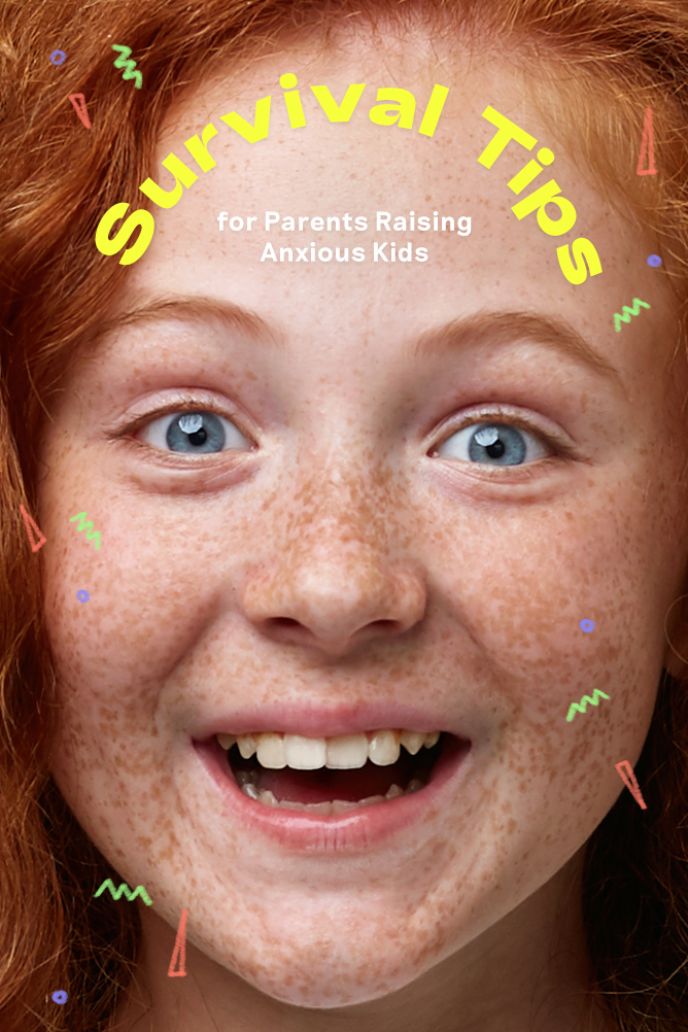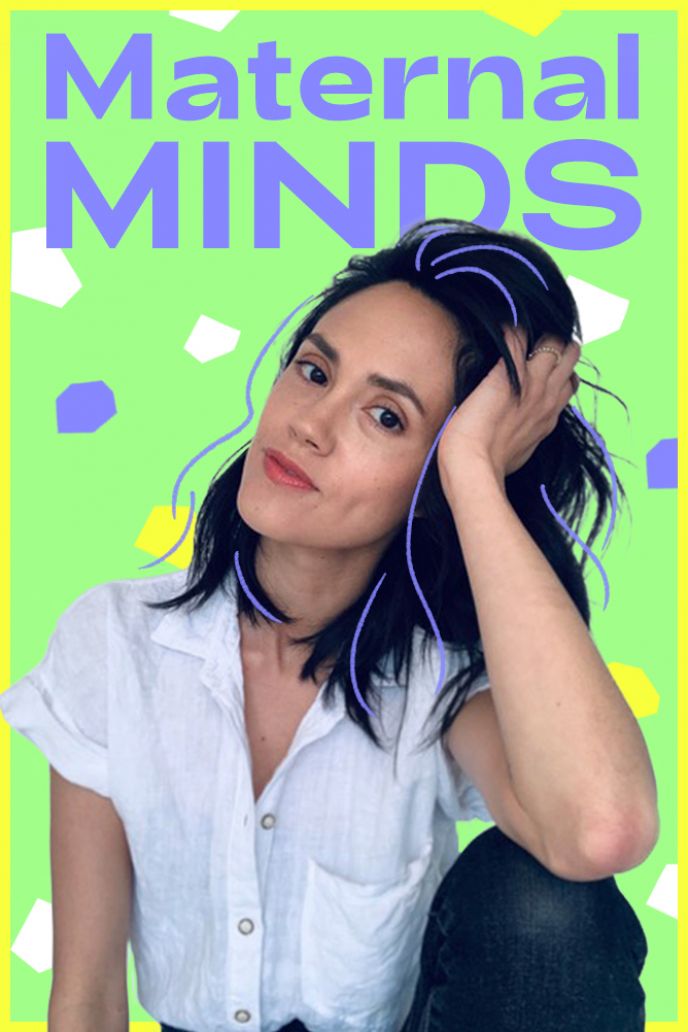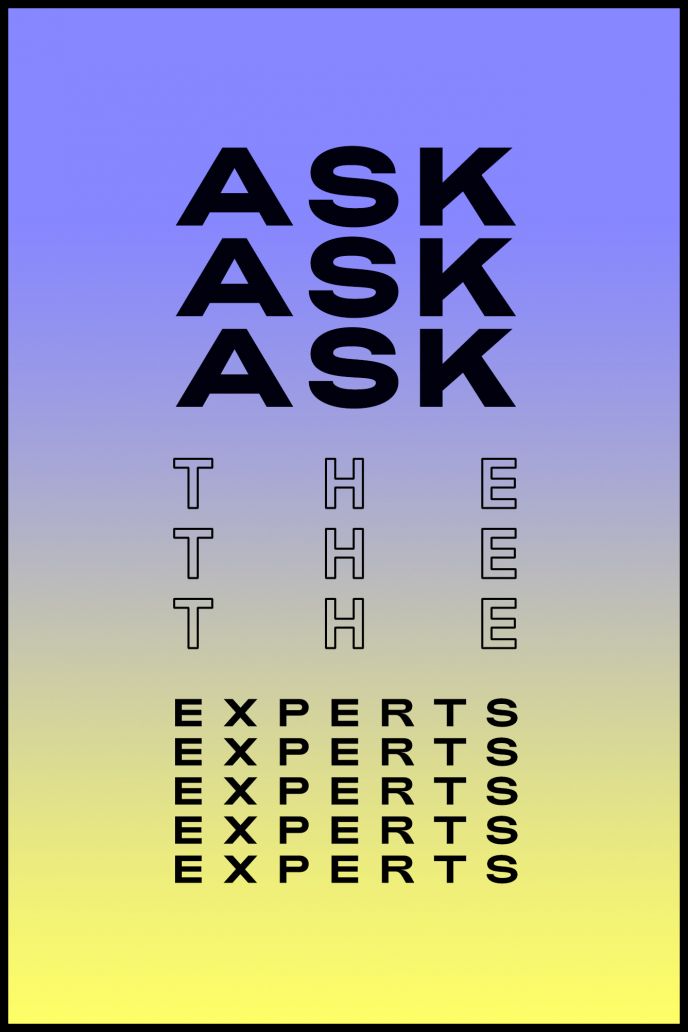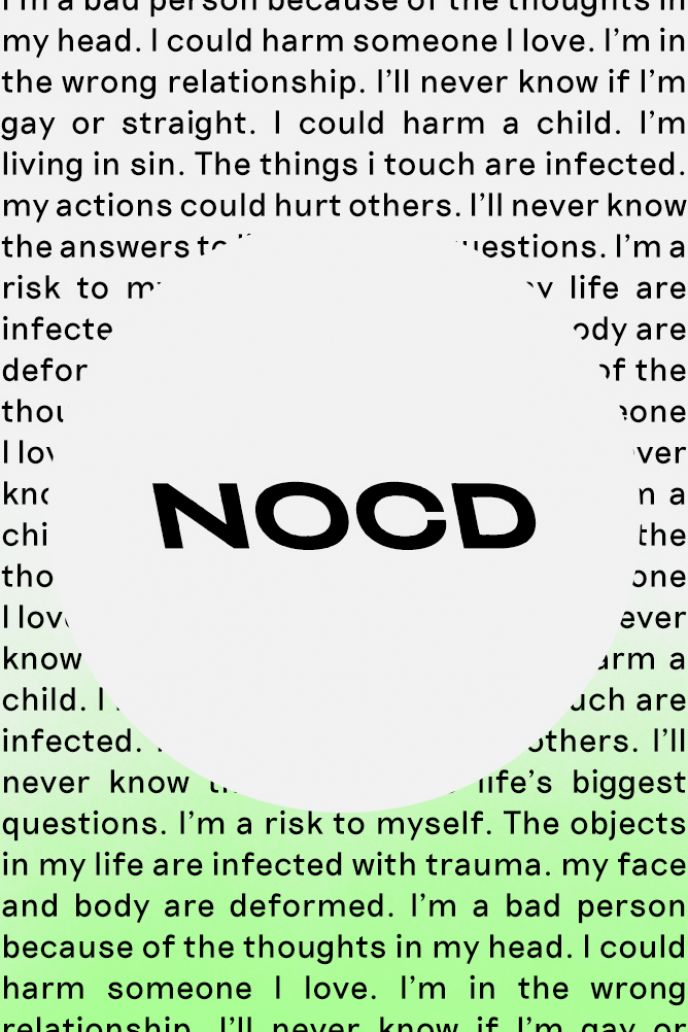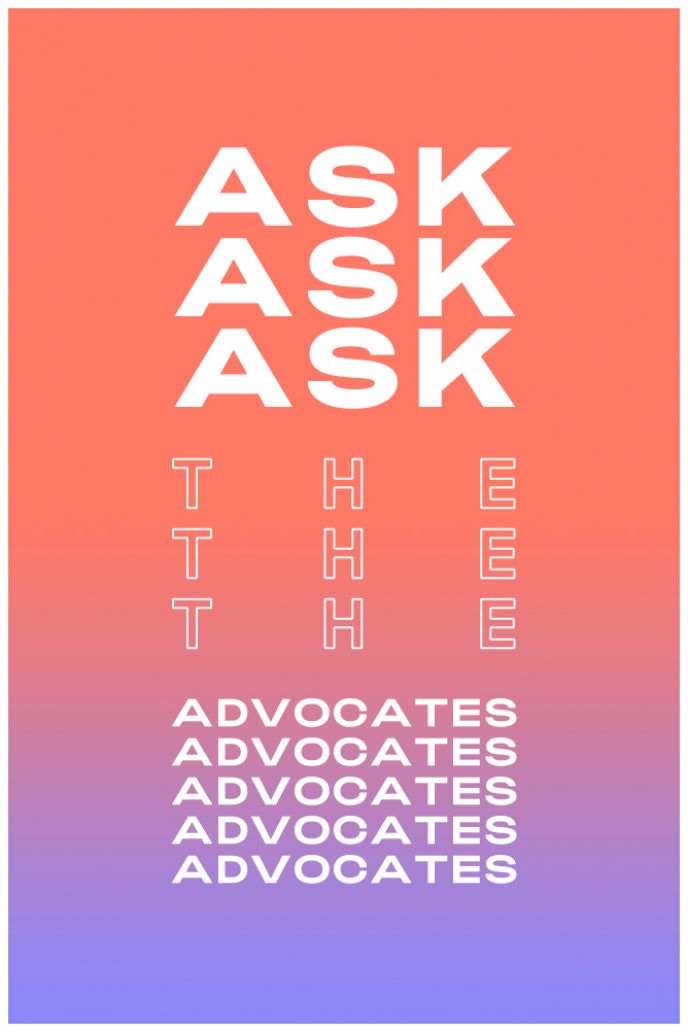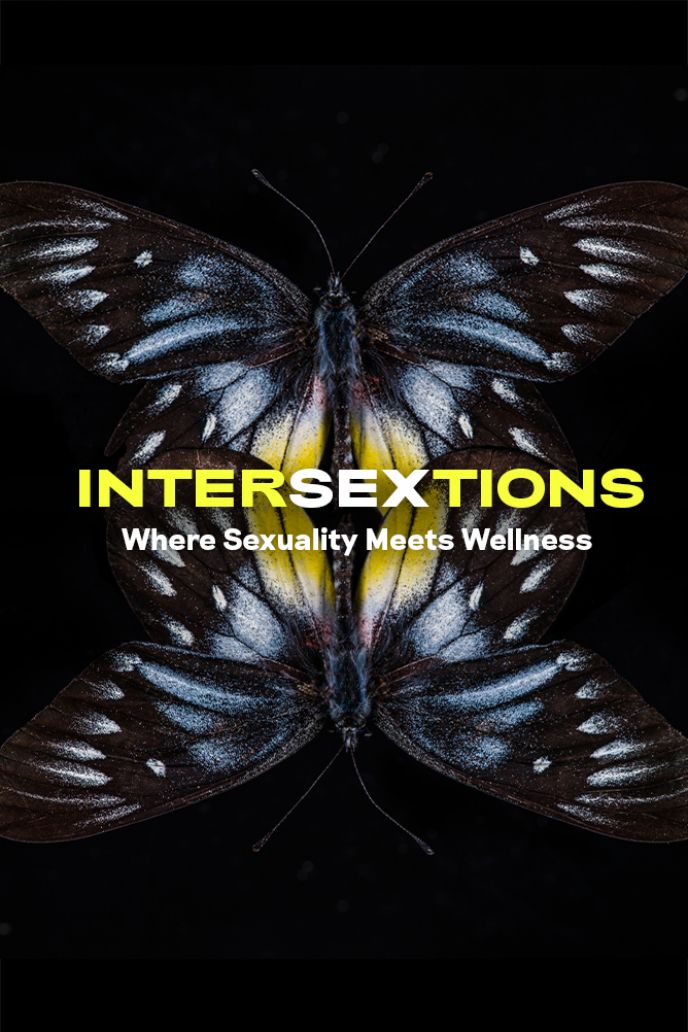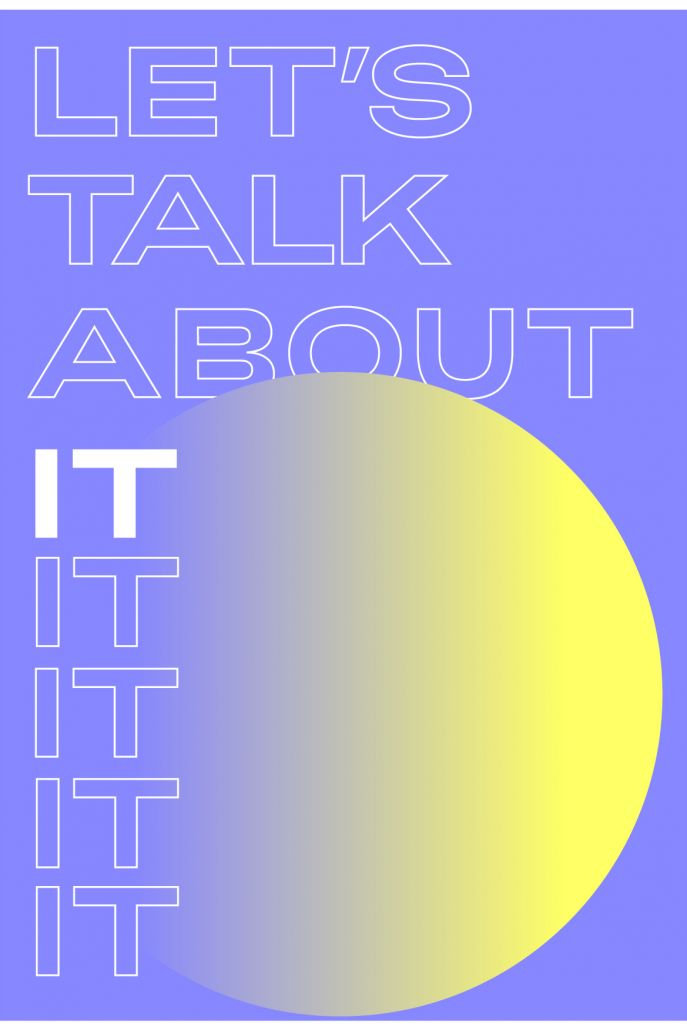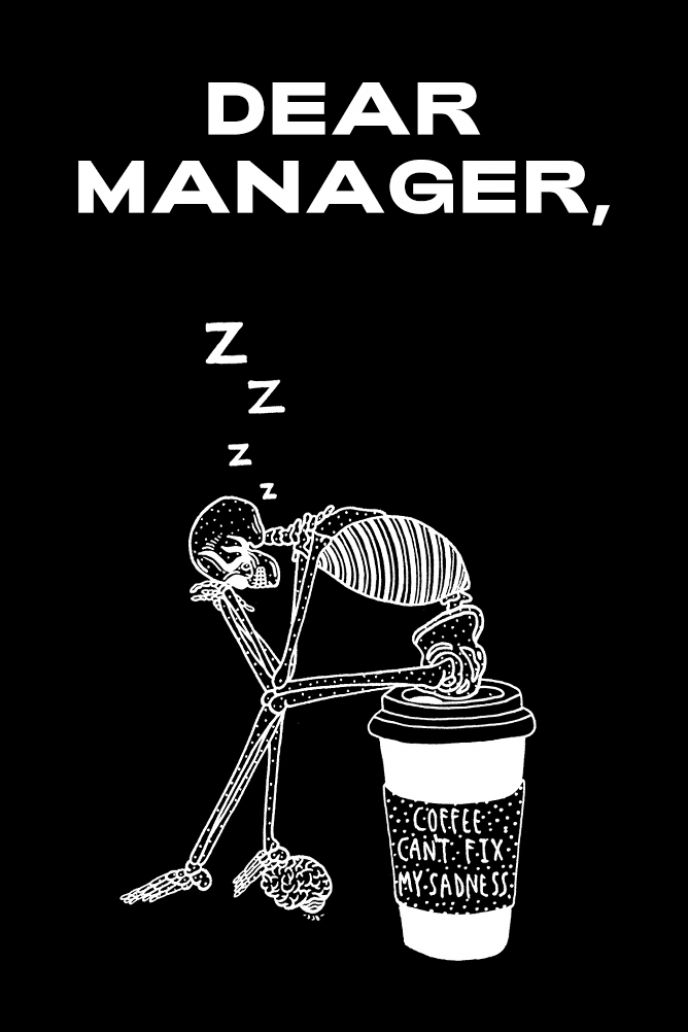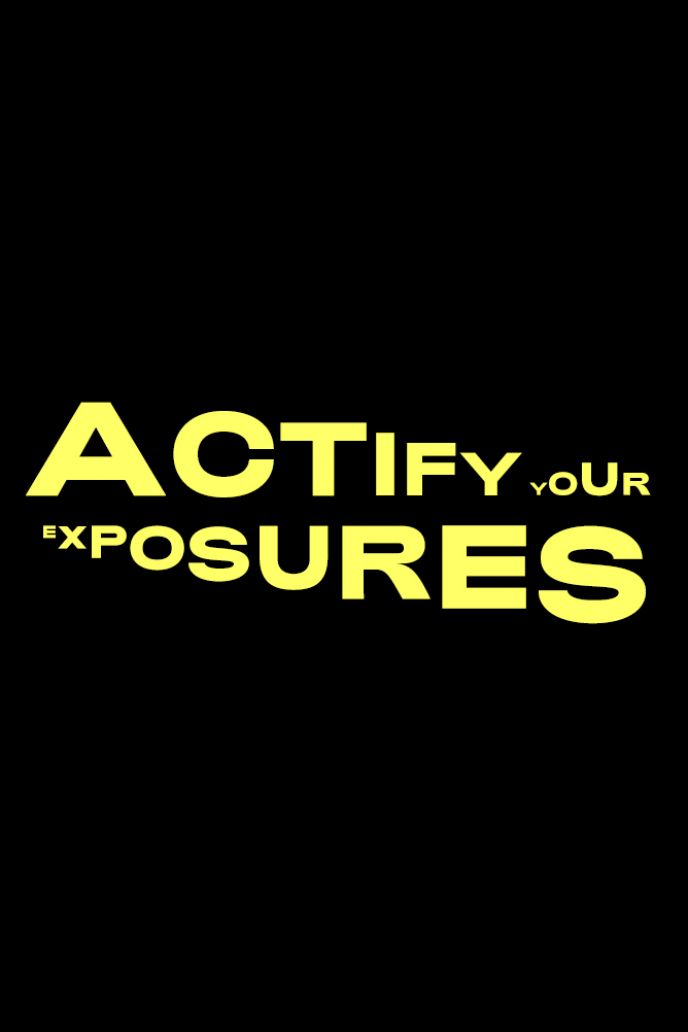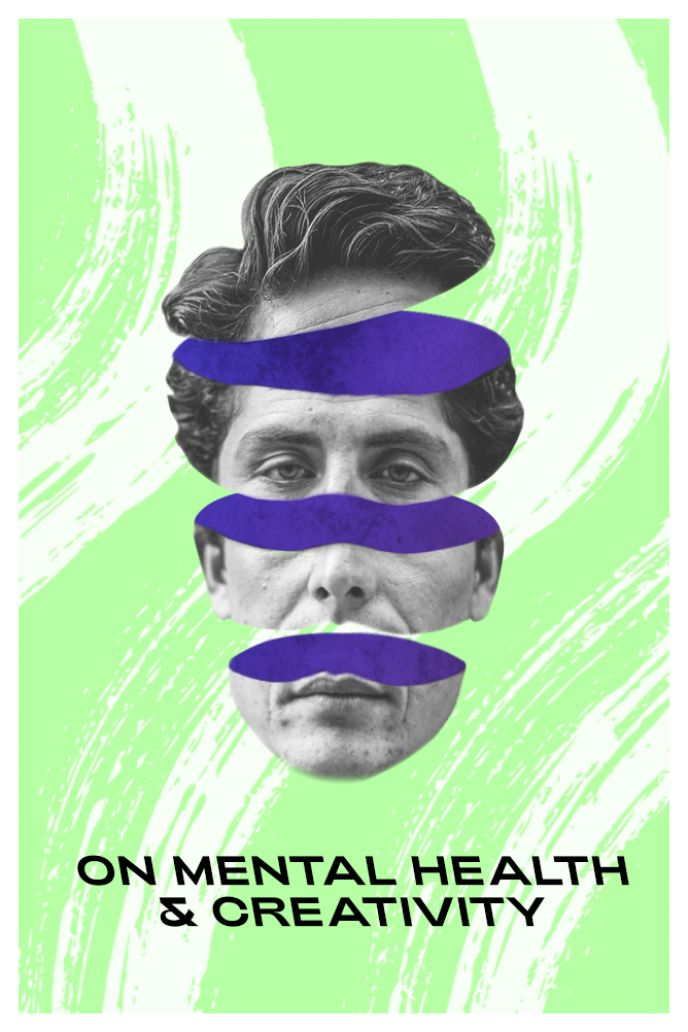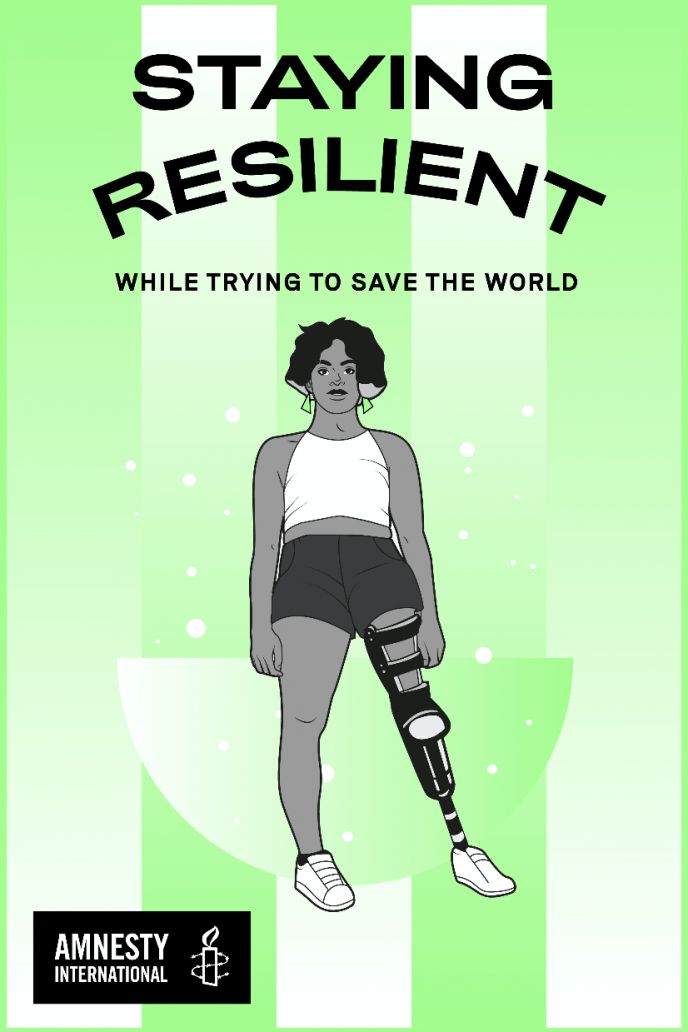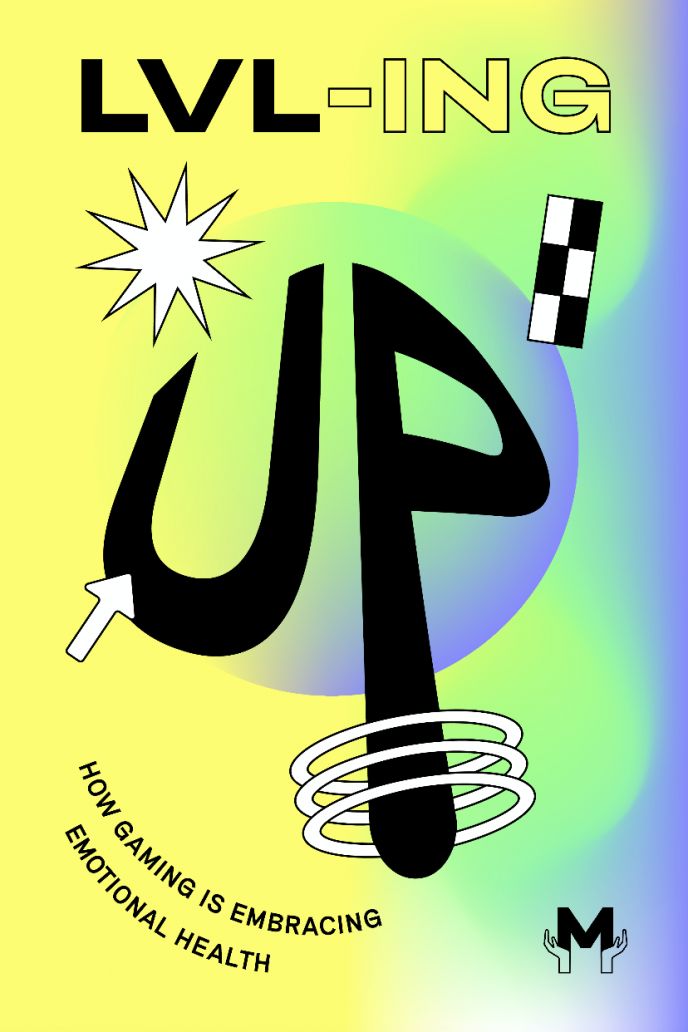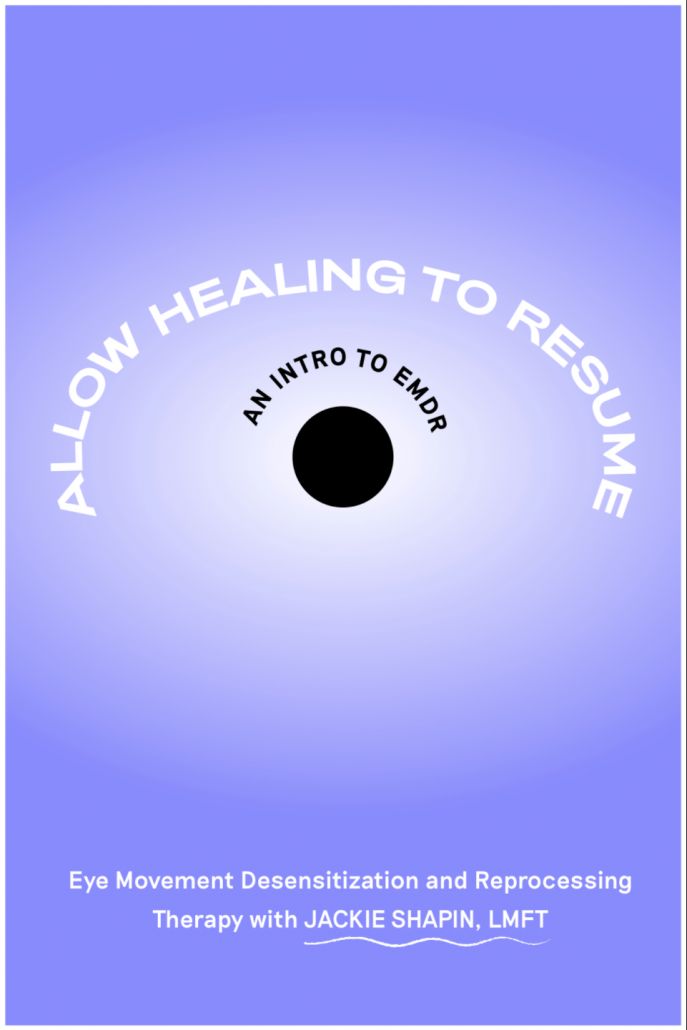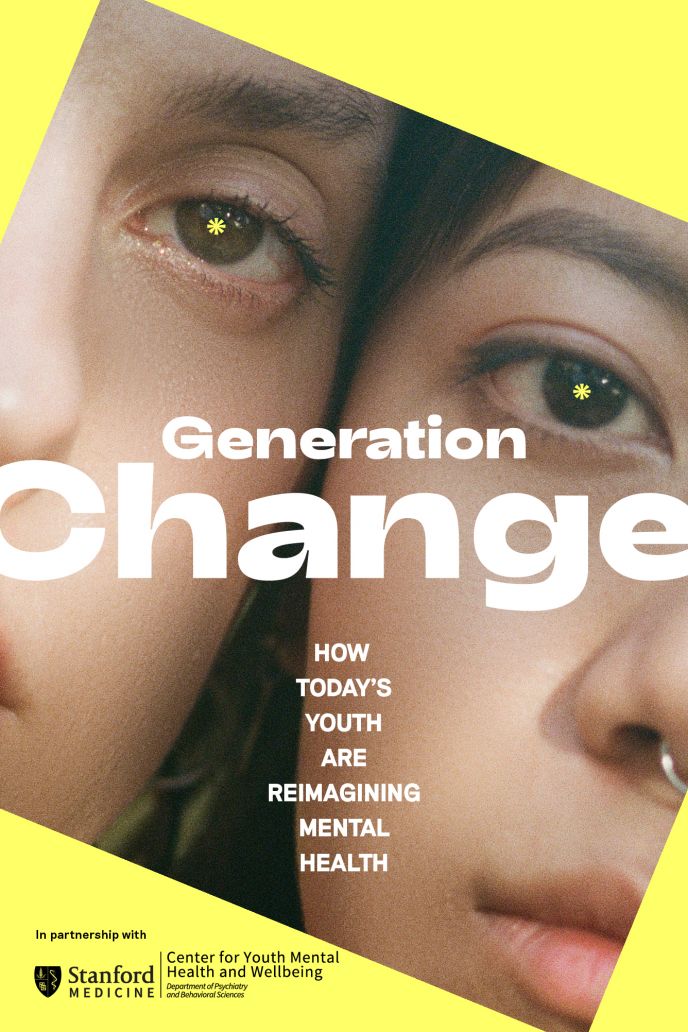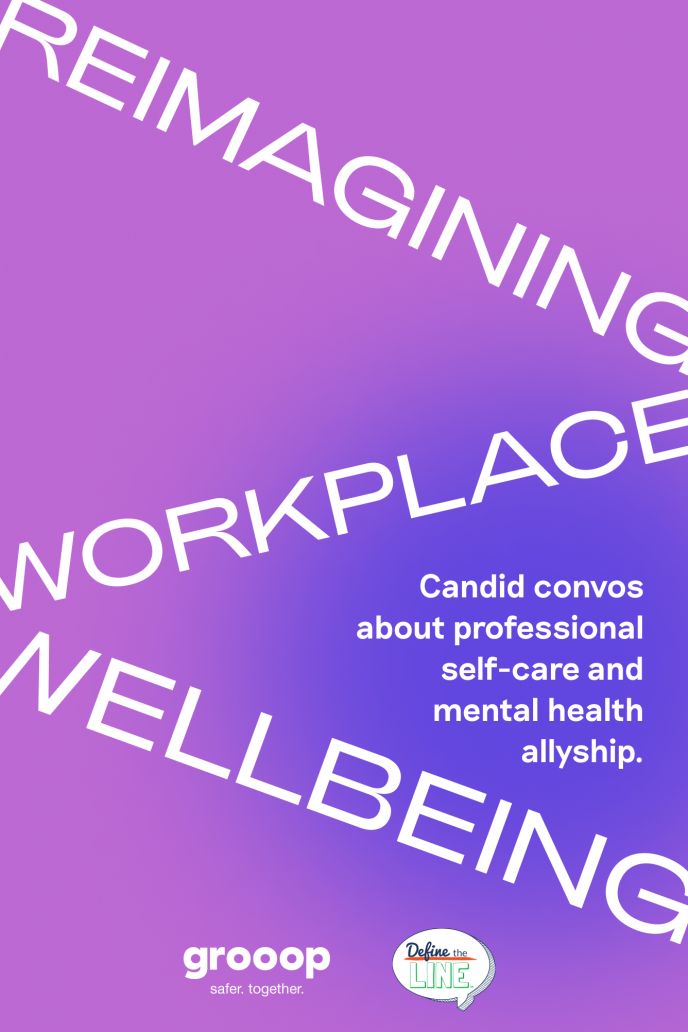Being Mindful & Letting Go
How mindfulness and meditation can benefit sufferers of OCD.
Written by Jana K. Hoffman
01 Mindfulness can help people with anxiety disorders cope with their thoughts.
02 Meditation, yoga, and dance are examples of beneficial mindfulness activities.
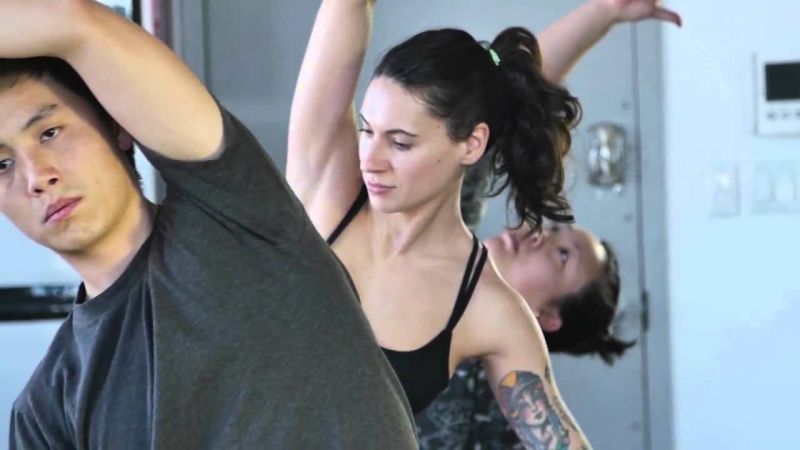
OCD3, Ep2: Being Mindful & Letting Go
Ask yourself, “What is my intention for the day?” This simple yet powerful question could help you get one step closer to living more mindfully. Mindful living might seem to be a relatively new mainstream trend; however, this ancient idea has actually been around for thousands of years thanks to monks and shamans around the world.
Mindfulness could have a beneficial impact on the lives of people living with OCD or intrusive thoughts. Health and wellness expert Jaycee Gossett describes mindfulness as being aware and present among your own thoughts. Awareness starts with something as simple as noticing your breath and can further extend as you begin to witness uncomfortable thoughts. The key to being mindful is that you don’t respond to those thoughts; you let them come and go.
Meditation, yoga and dance are all opportunities to recognize your thoughts, understand where they come from and work through them by slowing the brain down and taking positive action. Gossett says breath is a powerful mechanism that allows your nervous system to calm down.
- When it comes to meditation, you should create an environment free of distractions, purposefully pause and focus on your breath to the point where thoughts simply pass through your mind.
- With respect to yoga, it doesn’t matter your flexibility or athleticism. Breath is the entryway. Breath helps you connect to the movement. When you connect breath to the body, you can take that practice out into your daily life.
- Dance allows you to put the body in motion. Once the body is in motion, the mind will begin to heal itself.
Gossett shares a very important mantra to remember when experiencing intrusive thoughts: I’m not my thoughts. When your thoughts intensify, that’s when the breath needs to go deeper.
If you believe intrusive thoughts could be affecting your ability to lead a normal life, contact a local psychologist to start on your personal path toward healing. Meditation, yoga and dance may complement therapy and should be done in conjunction with not instead of traditional methods.
Read full video transcript below:
Aaron Harvey (AH): Jaycee thanks for coming down to meet with me. How would you define mindfulness?
Jaycee Gossett (JG): Starting with mindfulness can be just as simple as just watching yourself breathe. Noticing your breath. Am I breathing? Where am I breathing? Is it a shallow breath? Is it a deep breath? And just watch your reactions, watch your thoughts, watch your emotions. And as they come up, just observe it. Every day can be an opportunity for you to develop mindfulness.
AH: So how would you say that helps with mental health?
JG: Mental health, that imbalance in the mind, we all have imbalances in the mind. So bringing breath in through meditation, yoga and dance is a very powerful way to begin to identify "Where are these thoughts coming from?" "How can I slow my brain down?" "How can I take a pause?" And then take the next step of action from the place that serves me the best.
AH: Can you speak to the science behind what's actually happening when you’re breathing properly?
JG: When you are breathing at a capacity that our lungs have been designed for, your nervous system calms down. Your general function of the body increases.
AH: And so you mentioned meditation. Can you tell us a little bit more about how that works?
JG: Meditation, to me, it's like do whatever feels comfortable for you. You can lie down and meditate. You can sit in a chair and meditate. But it's a chance for you to pause what you’re doing, drop into your breath and just focus on the breath going in and out. The breath gives you a still point to manage the thoughts around. So as thoughts start to come up, you can reach a place where your thoughts are just passing clouds.
AH: And then you mention yoga.
JG: Yeah.
AH: Can you talk a little bit more about the combination of movement and breath?
JG: For a lot of people, yoga can be very intimidating because they think that to do yoga, you have to be very flexible, you have to master all these poses. The entryway for all these things, especially yoga, is the breath. If you can connect your breath to your body, you can take that practice out into your daily life and really be a living Yoga.
AH: So for you personally, I know dance is very important. How does that serve your overall state?
JG: Dance was my entryway into awareness, mindfulness, being conscious. Just put the body in motion, and the mind will heal itself. Just start moving your body, and when you move your body, you will pull yourself out of your head into the body, right? It's moving the body in a very organic way of what feels good to you. There are all of these studies showing now that dance is a very creative, fun way to, again, focus energy.
AH: Do you have any tips for someone who, say, suffers from intrusive thoughts? And as they start to try to observe their mind, and they're starting to come to face with their biggest fears, how they can really stay focused.
JG: So the mantra of, you know, I am not my thoughts. And what comes up to you is what you are releasing. The more those thoughts get really loud and intense, that’s when the breath needs to go deeper. And staying removed from them and just keep watching them even as their intensity increases. And let the breath be the thing that moves the thought out. And then let the thought either pass you by, not get attached to it or create a new thought for yourself. The general thing is an overall feeling of happiness and higher quality of life. And that's what we all want, right? We just want to be happy and feel like we have meaning in our life.
About the author
Jana Hoffman is a writer, editor and storyteller based in San Francisco. She is currently working as a copywriter at the Chan Zuckerberg Initiative. Outside of work, she is a trained volunteer for Crisis Text Line and has been open about her experiences with mental health.
Support our work
We’re on a mission to change how the world perceives mental health.
